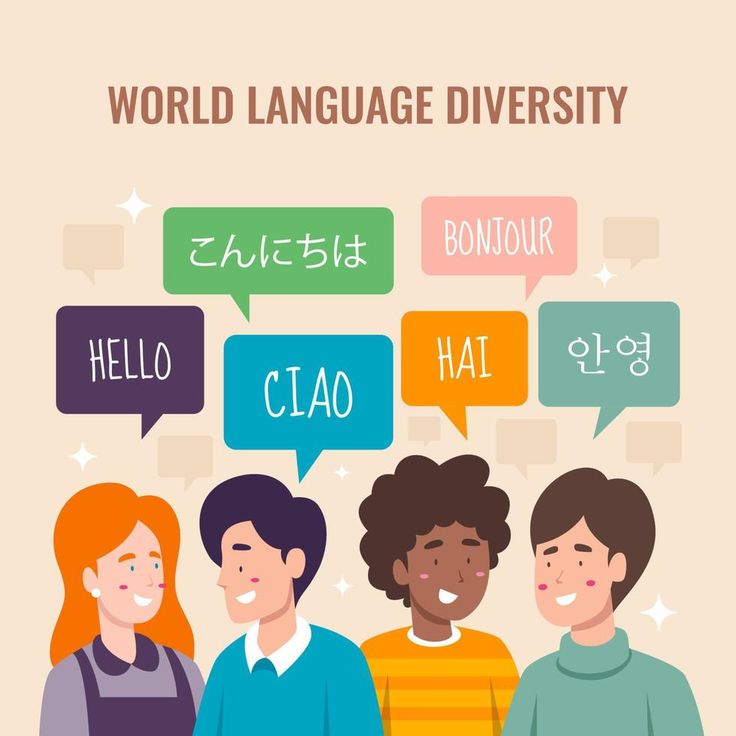The world is a veritable tapestry of languages, each thread adding its unique hue to the grand design of human communication. The inquiry into the number of languages spoken globally leads us down an intricate path of cultural relativism, compelling us to appreciate the kaleidoscopic variety of human expression. In addressing the question “¿Cuántos lenguajes hay en el mundo?”, one must delve into the multifaceted nature of language, embracing not just its existence but its role as a vessel of culture and identity.
As of contemporary linguistic studies, estimates suggest that there are approximately 7,000 languages spoken worldwide. This staggering number encapsulates a rich panorama of human civilization, where each language serves as a repository of history, ideology, and communal belonging. The diversity of languages is not merely a statistical curiosity; it is a manifestation of the pluralistic nature of human experience. Each language is akin to a tree in a vast forest, with roots embedded in the soil of cultural heritage, branches reaching toward the sky of modernity, and leaves reminiscent of the stories shared within communities.
Understanding the significance of language diversity must be approached through the lens of cultural relativism, a philosophical stance which posits that beliefs and practices should be understood based on their cultural context rather than evaluated against a universal standard. This perspective is crucial when considering languages that may seem obscure or redundant from a Western viewpoint but hold immense power and significance within their particular cultural frameworks.
Languages are not mere tools of communication; they are living entities, evolving organisms shaped by their environments. For instance, indigenous languages such as those spoken by the Navajo or the Maori, contain unique concepts that do not exist in more widely spoken tongues. These languages embody particular ways of viewing the world, elucidating relationships with nature, spirituality, and social structure. In this sense, every language offers a unique cognitive toolkit, influencing the thoughts and perceptions of its speakers.
Consider the metaphor of a river. Just as a river flows through varied landscapes—mountains, valleys, plains—carrying sediments that enrich the soil around it, languages traverse the contours of human experience, accumulating nuances that enrich human interaction. When a language becomes endangered, or worse, extinct, it is akin to the silencing of a river that once nourished a thriving ecosystem. The loss is not just linguistic; it signifies a diminishment of cultural diversity and the collective memory of a people.
Yet, paradoxically, the globalization of culture presents both challenges and opportunities for linguistic diversity. On one hand, the rise of dominant languages, particularly English, has led to the decline of lesser-spoken tongues. As global communication increasingly favors a few standardized languages, many unique forms of expression are at risk of fading into obsolescence. This phenomenon, known as linguistic homogenization, undermines the rich tapestry of global cultural heritage.
On the other hand, globalization can serve as a catalyst for revitalizing interest in endangered languages. The digital age facilitates unprecedented access to resources that promote linguistic preservation and revitalization. Social media platforms and online learning tools allow speakers of minority languages to connect, share their heritage, and inspire young people to embrace their linguistic identity. The global village can simultaneously threaten and empower, highlighting the complexity of this era.
The significance of preserving diverse languages resonates deeply within the framework of linguistic human rights. Each language embodies the identity of its speakers and their rightful place in the world. To advocate for the preservation of language is to assert the dignity of the cultures they represent. Hence, when considering how many languages exist in the world, one is reminded that this inquiry is not a simple tally; it is an invocation to recognize the value of diversity and to defend the right of every community to exist and thrive in its unique linguistic expression.
The preservation of languages fosters a richer global narrative. Each language comes with its folklore, idioms, and expressions, offering insights into the collective psyche of a culture. For example, the Inuit language features multiple words for snow, illustrating a nuanced understanding of a vital environmental element. This linguistic specificity becomes a lens through which to view the interplay between culture and nature, a reminder that language shapes reality even as it reflects it.
In conclusion, the exploration of global languages transcends simple enumeration. It is a profound engagement with the essence of humanity itself. As we contemplate the question of how many languages exist in the world, we must recognize that every language stands not only as a means of communication but as a testament to the identity, resilience, and creativity of its speakers. Cultivating an appreciation for linguistic diversity requires a commitment to cultural relativism, urging us to celebrate rather than erase the myriad ways of speaking that color our human experience.
As stewards of cultural heritage, we are tasked with the responsibility of honoring and preserving the voices of diverse communities. In doing so, we enrich our global story, ensuring that the symphonic chorus of human expression thrives in its full splendor for generations to come.
